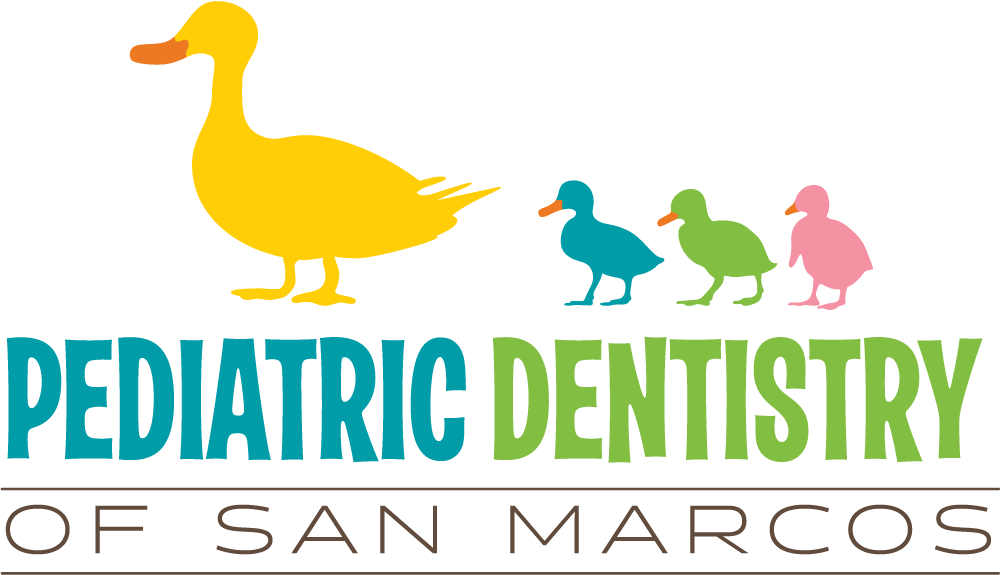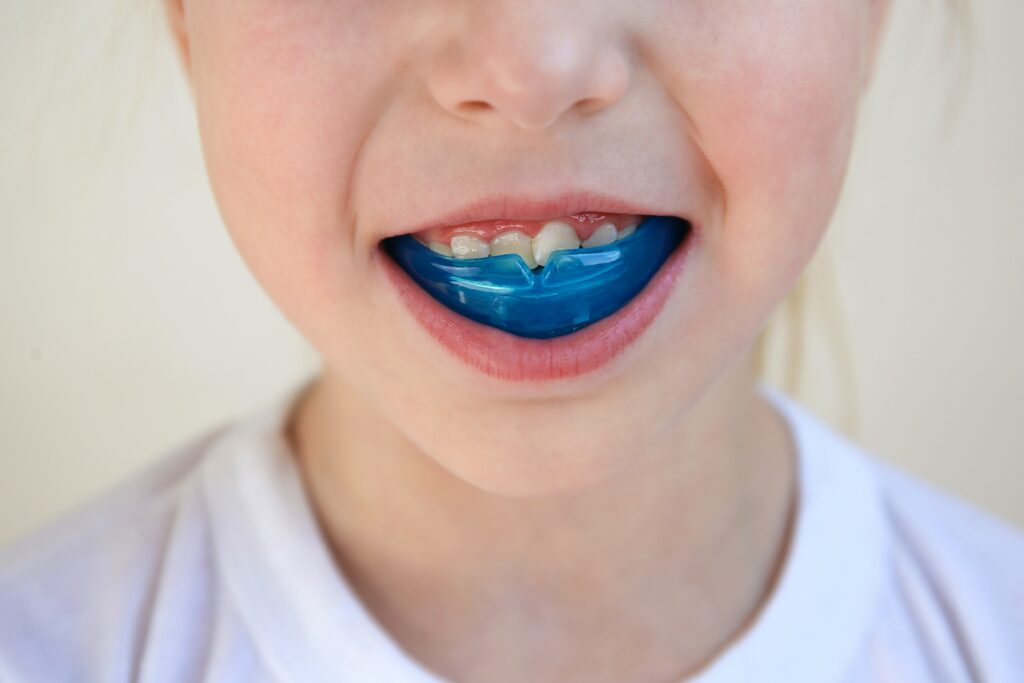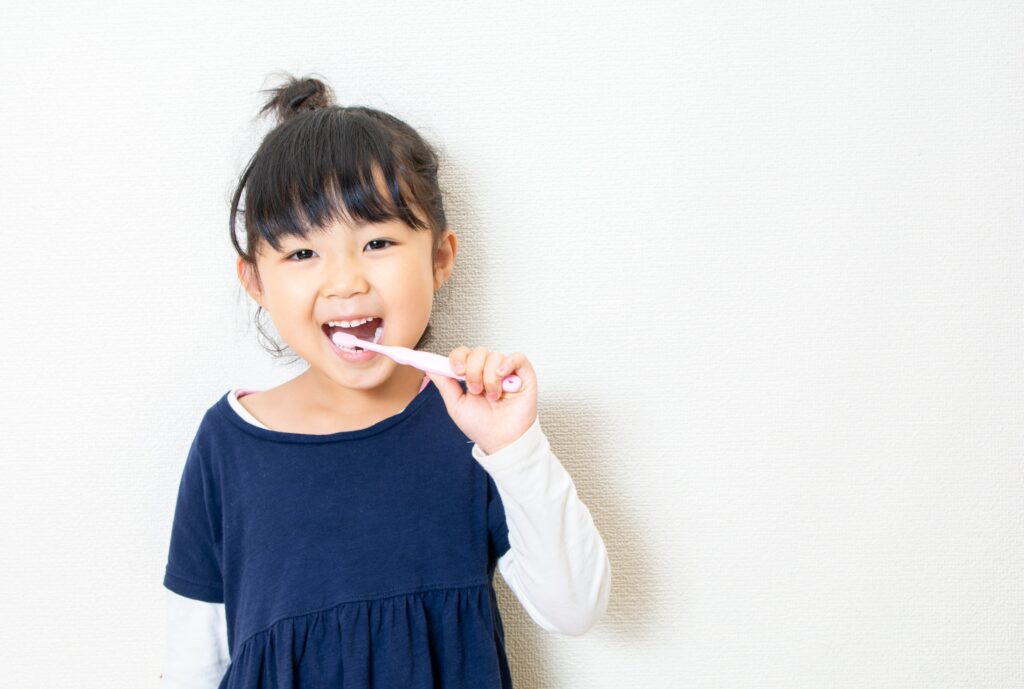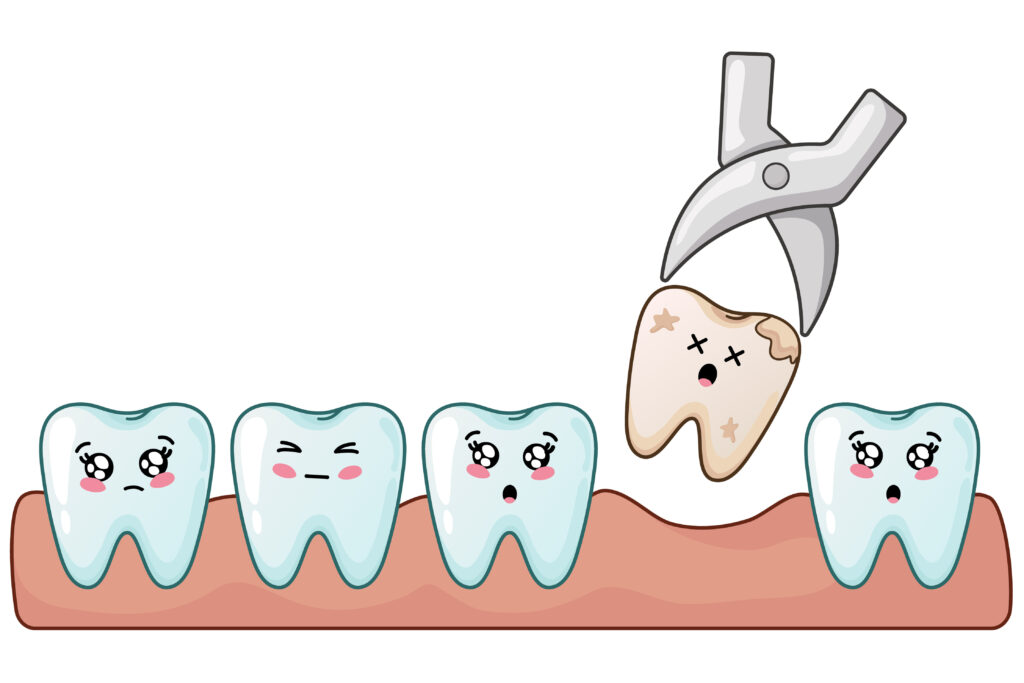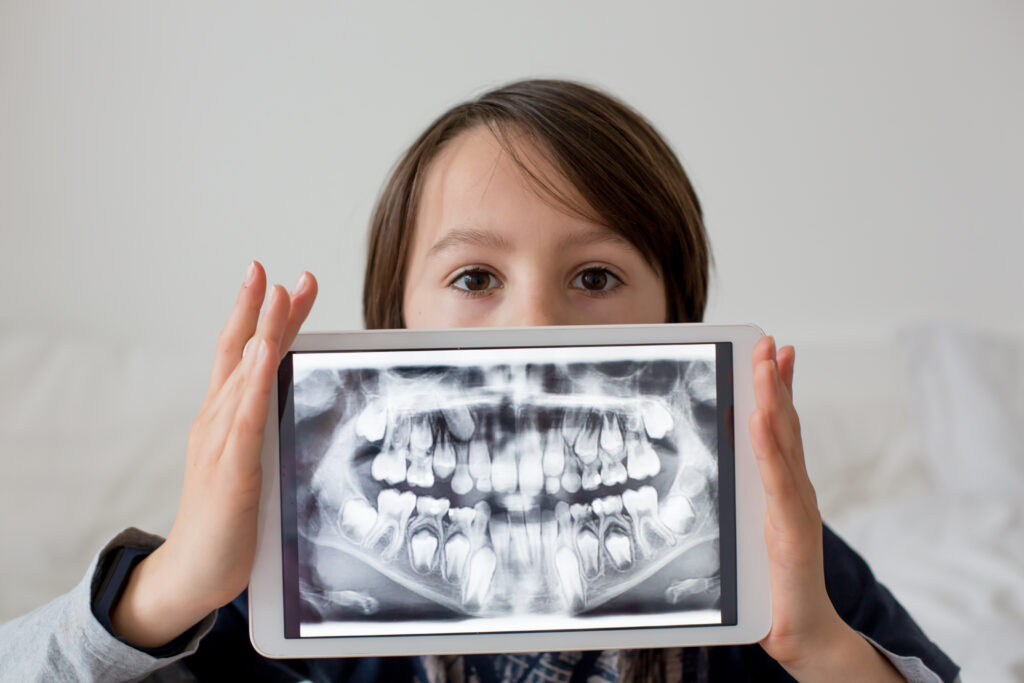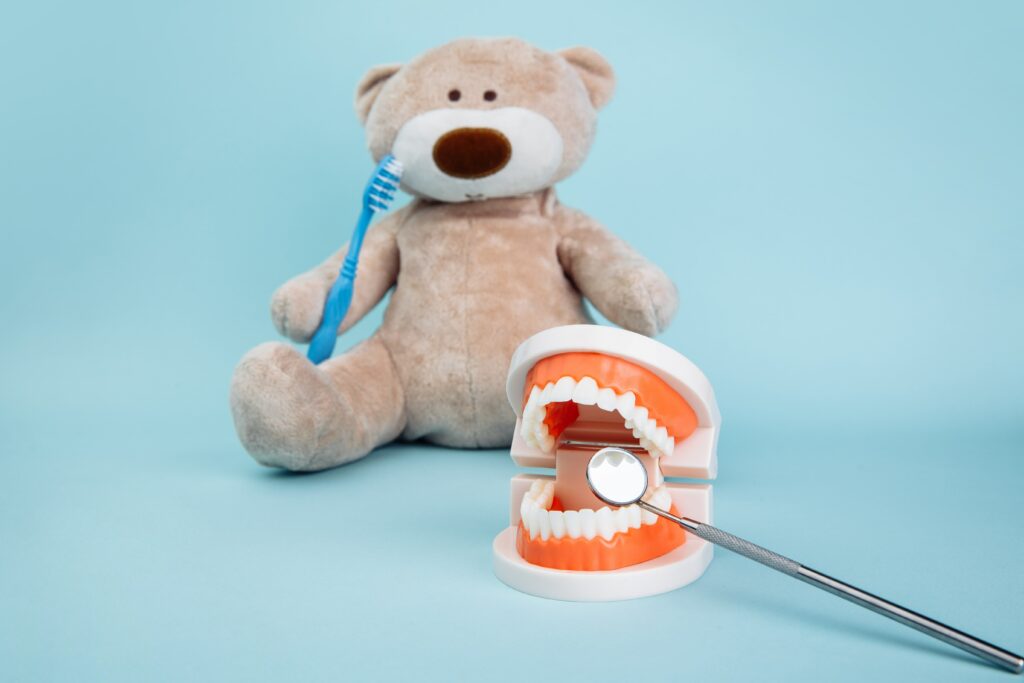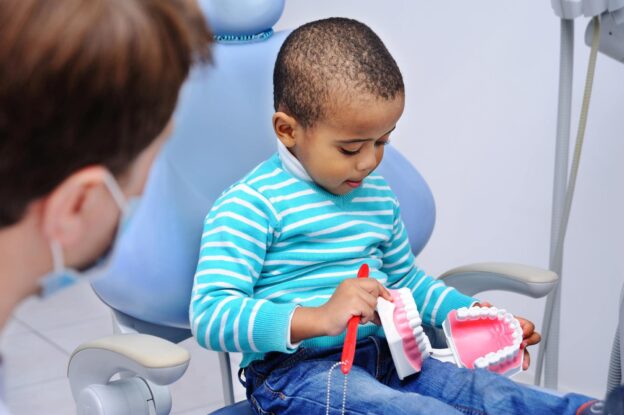Uncategorized
Mouth Breathing: What Parents Need to Know
Did you know that mouth breathing can impact your child’s health? If not corrected, it can lead to poor oral health, speech problems, sleep disorders, and can even affect the facial appearance. Our experienced pediatric dentists and the kid-friendly team at Pediatric Dentistry of San Marcos have put together a guide to help parents understand…
Read More5 Ways to Help Your Child Enjoy a Cavity-Free Summer!
School’s out for the summer! It’s time to enjoy summer adventures and plenty of delicious treats. But amid pool parties, ice cream, and sleepovers with family or friends, it’s easy to overlook your child’s dental health. Our team at Pediatric Dentistry of San Marcos has put together a guide with five essential tips to help…
Read MoreSports and Oral Health: How to Protect Your Child’s Smile
Did you know that according to the American Medical Society for Sports Medicine, sports-related oral injuries account for about 40% of all dental injuries in the US? At Pediatric Dentistry of San Marcos, we recommend sports mouthguards made for your child’s one-of-a-kind smile. We use the latest technology and the highest-quality materials to provide your…
Read MoreWhat Is the Best Toothpaste for My Child?
As a parent, selecting the best toothpaste for your child can be an overwhelming task, and we at Pediatric Dentistry of San Marcos are here to help. We are pleased to offer personalized guidance and at-home oral hygiene tips to keep cavities and gum disease at bay. Our goal is to instill positive lifelong habits…
Read MoreWhy Would My Child Need a Tooth Extraction?
At Pediatric Dentistry of San Marcos, we are dedicated to restoring damaged teeth and maintaining healthy smiles. However, there are times when extracting a tooth is the only viable option to safeguard your child’s oral health. Tooth extractions for children are typically quick, easy, and straightforward procedures with minimal discomfort. Our compassionate pediatric dentists and…
Read MoreA Parent’s Guide to Understanding Tongue Thrust
Our experienced pediatric dentists and kid-friendly team at Pediatric Dentistry of San Marcos are dedicated to nurturing your child’s dental health from the earliest years. One critical aspect of this journey is understanding tongue thrust, a common but often overlooked oral health concern. Here’s a complete guide to understanding tongue thrust and its impact on…
Read MoreAre Digital Dental X-Rays Safe for My Child?
Dental x-rays have long been an essential diagnostic tool, uncovering dental problems in their earliest stages. Today’s digital dental x-ray technology takes safety to the next level, exposing your child to a fraction of the already minimal radiation exposure of traditional dental x-rays. Dr. Nadia, Dr. Allen, and our entire team at Pediatric Dentistry of…
Read MoreWhat Is Special Needs Dentistry?
At Pediatric Dentistry of San Marcos, we value every young smile in our care. Dr. Greg Allen and Dr. Nadia Bala specialize in providing exceptional care for children with special needs and medical complexities. We strive to ensure our young patients receive the best possible care in a safe and happy environment. We invite you…
Read MoreWHEN SHOULD MY CHILD STOP THUMB-SUCKING?
At Pediatric Dentistry of San Marcos, we are often asked by concerned parents if thumb-sucking is harmful to their child’s oral health. While most children outgrow this behavior long before it can cause long-term problems, prolonged thumb-sucking can pose a dental health risk. The question is, when should a child stop this oral habit? Why Do…
Read MoreWhy Would My Child Need A Space Maintainer?
Maintaining healthy baby teeth is integral to a child’s oral health and development. If a tooth is lost before its permanent replacement is ready to come in, your trusted team at Pediatric Dentistry of San Marcos may recommend a space maintainer to safeguard your child’s smile. But what exactly is a space maintainer, and why would your…
Read More